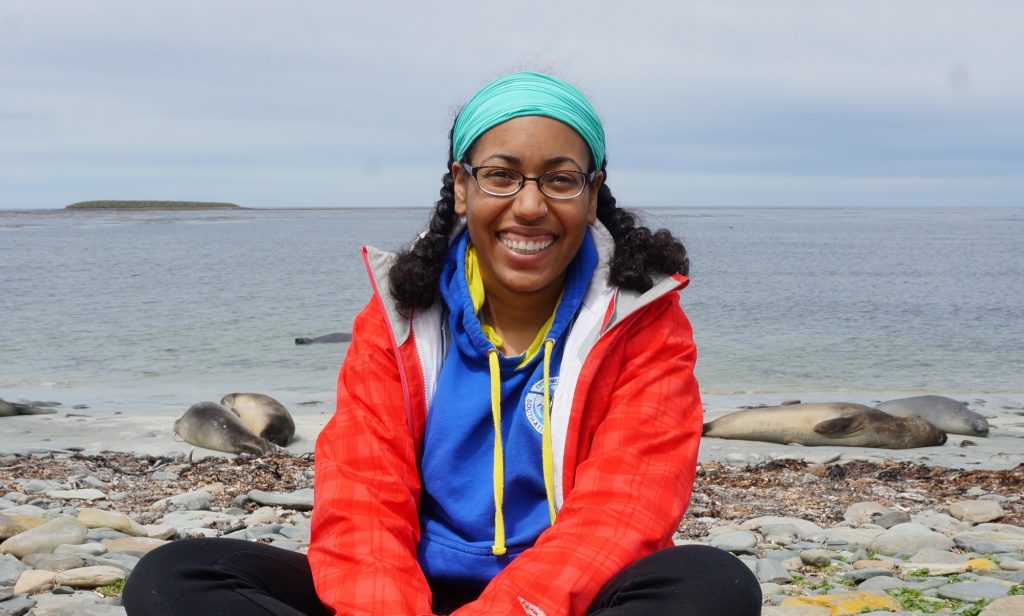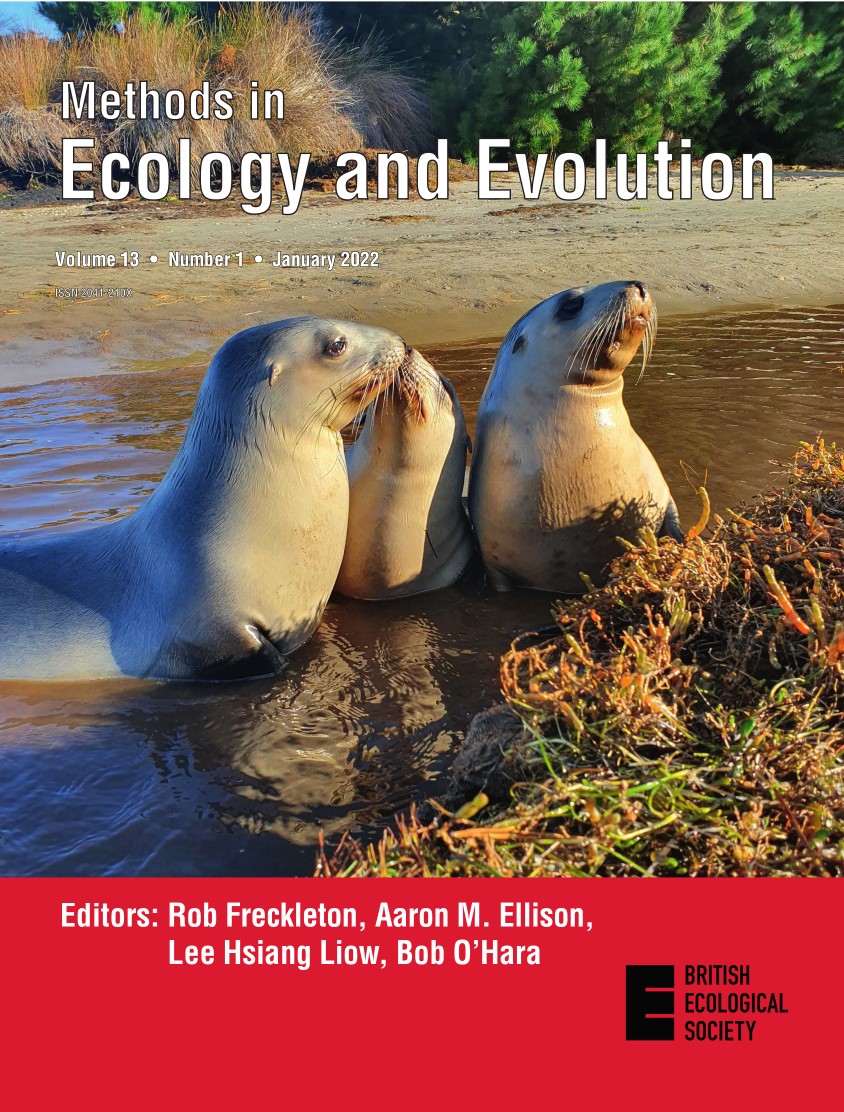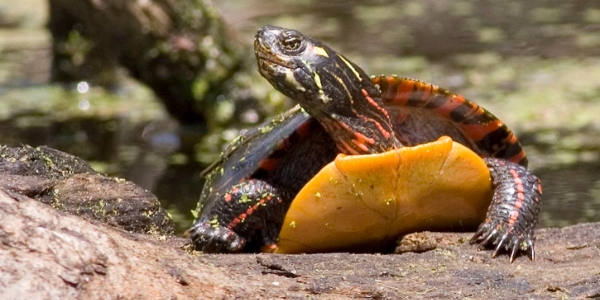PhD student has The Conversation about modeling conservation
EEB member Veronica Frans is bringing home the realities -- whimsical, wonderful and dangerous -- of successes in wildlife conservation as her article appears on this month's Methods in Ecology and Evolution (MEE) cover. An expansion of the work appears in today's The Conversation.

Frans is a PhD student in the Center for Systems Integration and Sustainability (CSIS) and the department of fisheries and wildlife. She studies under center director and EEB core faculty Jianguo "Jack" Liu.
The paper was first published in November 2021 and has received global attention, reaching the top 1% all-time Altmetric Attention Score within the first week of its debut. Being featured in news outlets such as the New York Times, Washington Post, Smithsonian Magazine, and Tagesspiegel,
Frans has been spreading awareness on the world's rarest sea lion and showing opportunities for conservation and coexistence with other species in human landscapes.
In The Conversation piece, Frans elaborates on how humans can strike a new balance with recovering species such as sea lions, sharks and whales, and make space for these resilient creatures to thrive.
"Our research can help wildlife managers and local officials search for sea lions, post sea lion crossing signs on roads, verify or restore breeding sites and determine where to work with landowners and spread awareness," Frans wrote. "This kind of tool can help inform similar efforts for other species that are recovering or moving into new habitats and regions in response to climate change."

This month's cover image shows New Zealand sea lion pups at a recently recolonized site. This endangered species was extirpated from mainland New Zealand, but is breeding there again after almost 200 years "€” a sign of hope. Identifying new suitable habitats helps manage recolonization; however, these sea lions are returning to a modified landscape. Traditional species distribution models (SDMs) are of limited use to range-expanding species because they cannot model new habitats or human impacts outside their current range. SDM results are also complex and difficult for real-world conservation practitioners to use.
In the MEE paper, Frans et al. use the New Zealand sea lion to introduce the integrated SDM database (iSDMdb), an extended habitat suitability assessment for practical use. It is a spatial database of SDM-predicted sites that pairs predictions with expert knowledge to make informative data fields on predictions, uncertainty, human impacts, restoration features, novel preferences in novel spaces, and management priorities.
The iSDMdb is user-friendly and includes an interactive map for non-GIS users and public access. At a critical time when there are many range-expanding or -shifting species affected by changing climatic and anthropogenic pressures, the iSDMdb fills an important gap in conservation applications and communication.
The work was written with an international team of seven coauthors, including CSIS PhD student Yuqian Zhang.
Read the story on the CSIS site.



